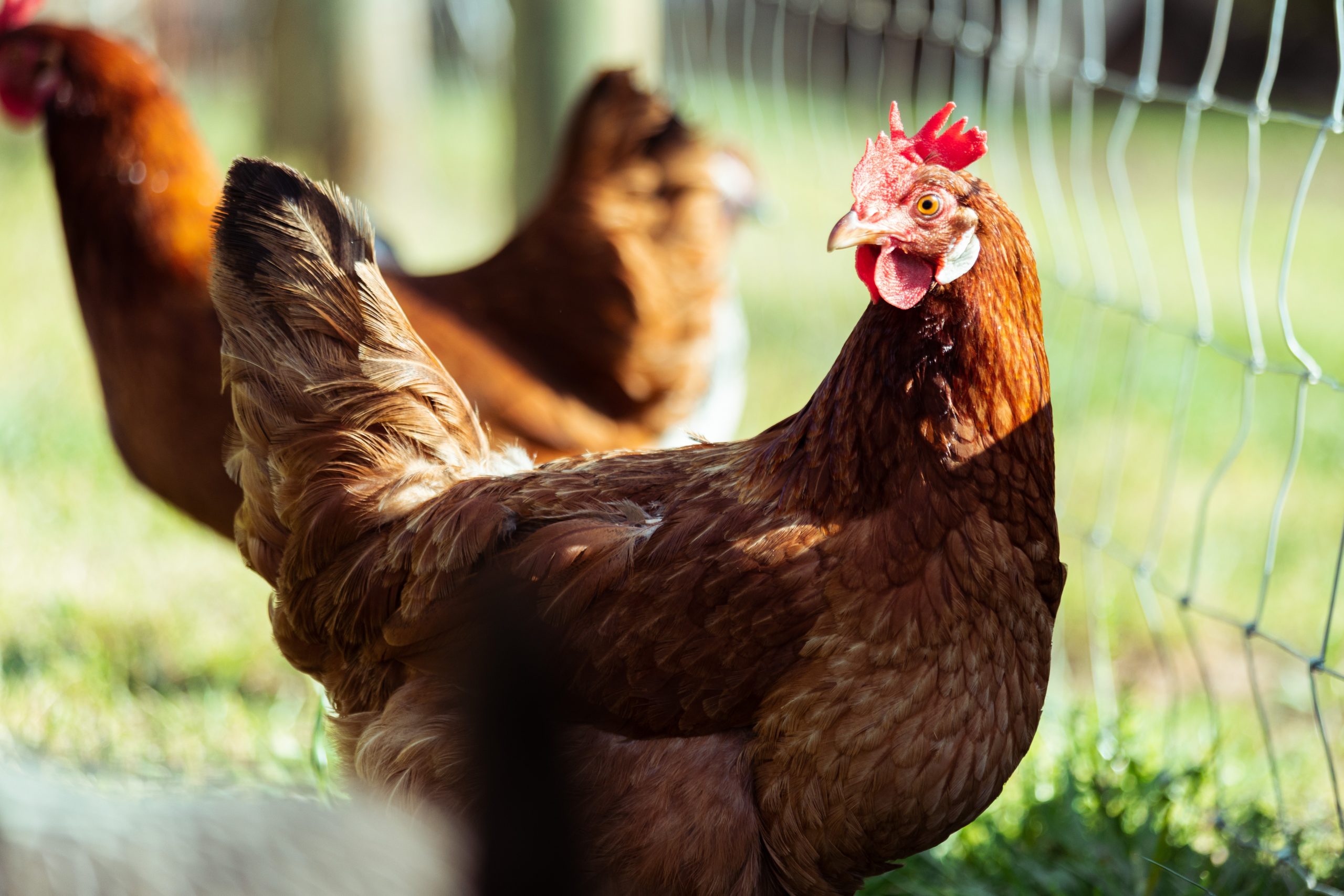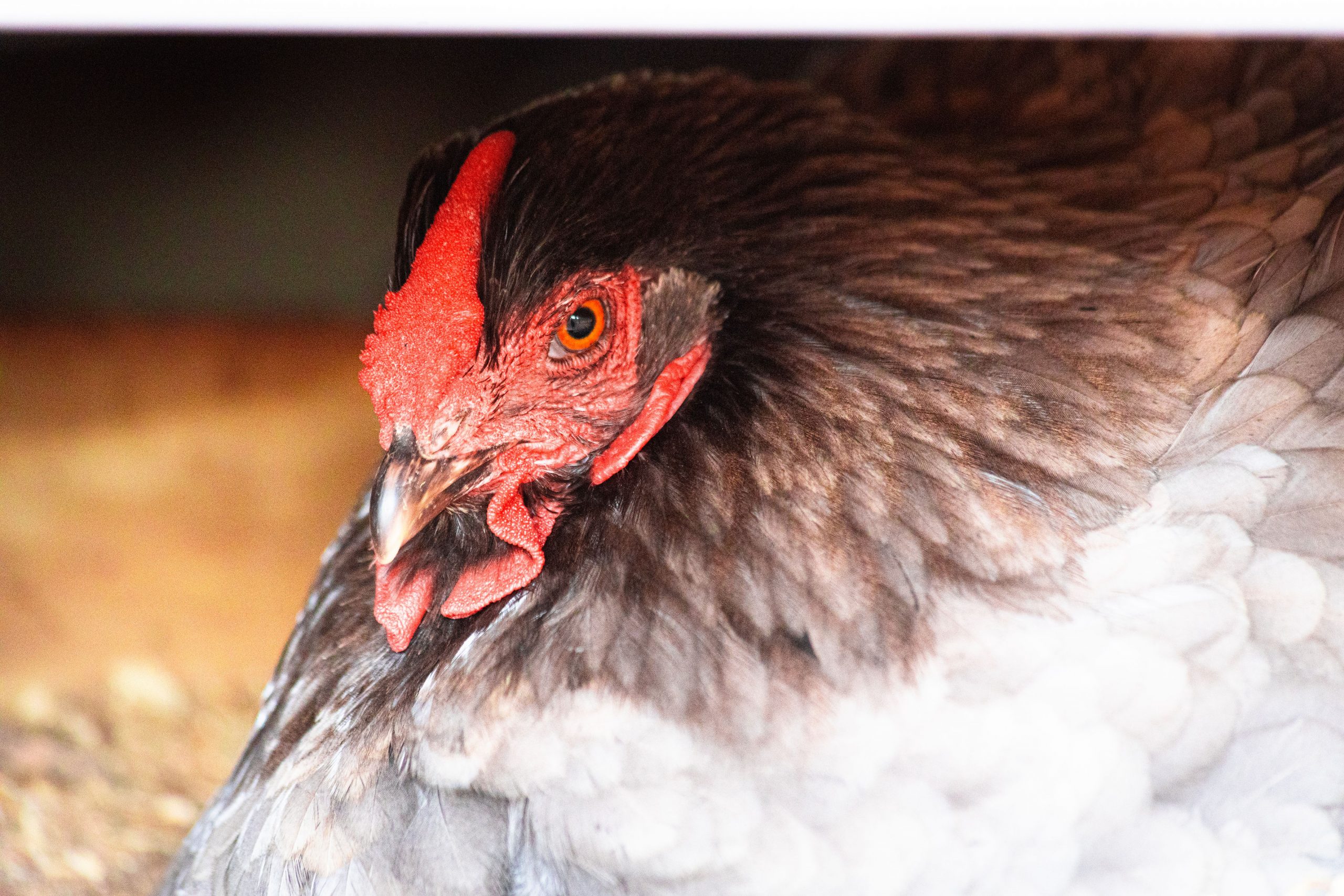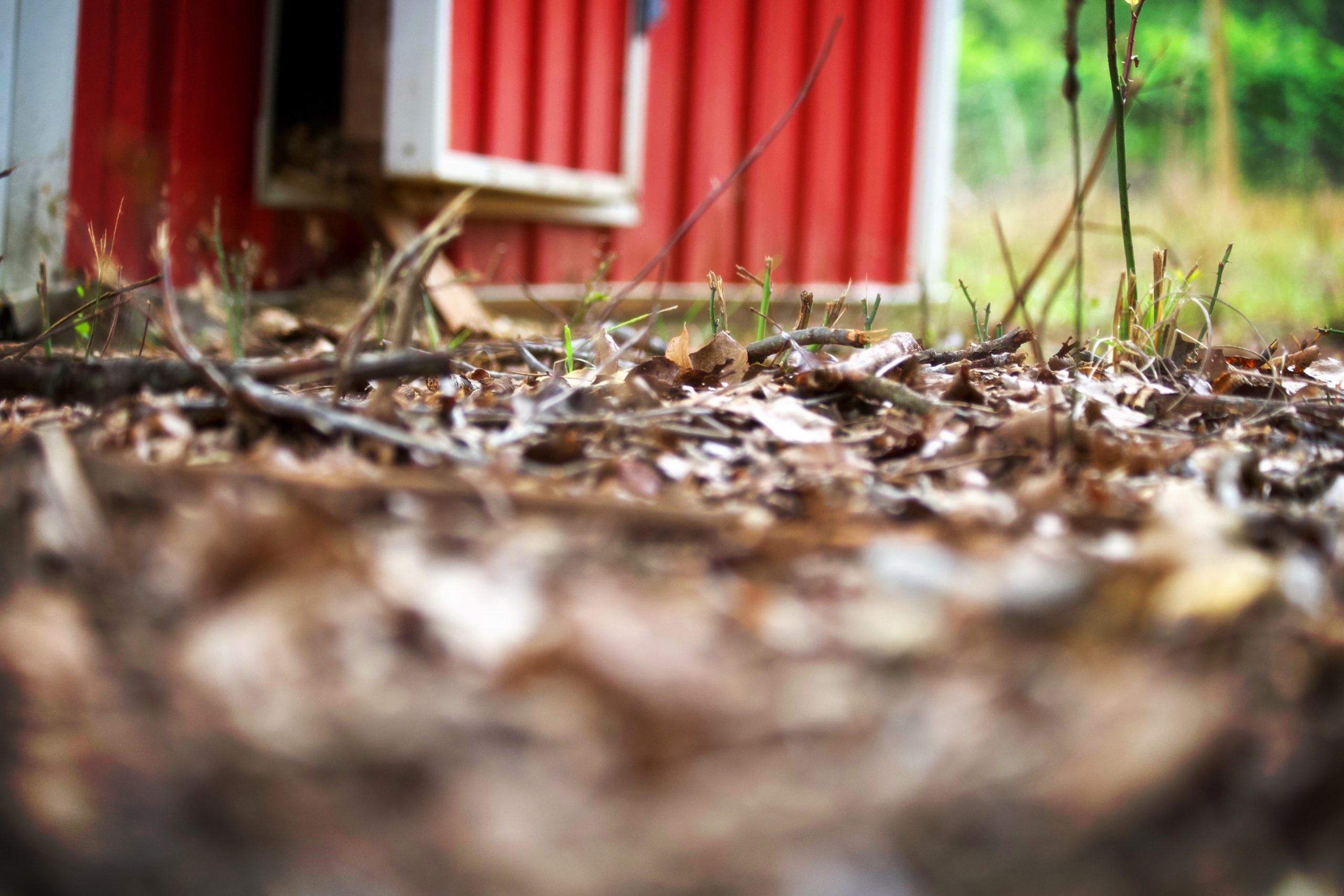Role of the Rooster
Besides the obvious need for procreation, many people ask me what the reason for having a rooster is. If you don’t need a rooster for the hens to lay eggs, then why keep one? A rooster provides protection and stability to his flock. Ever vigilant, he keeps his hens close and always is looking and listening out for danger. Keeping a rooster is more of a personal preference, but there are sure advantages to adding one to your flock.
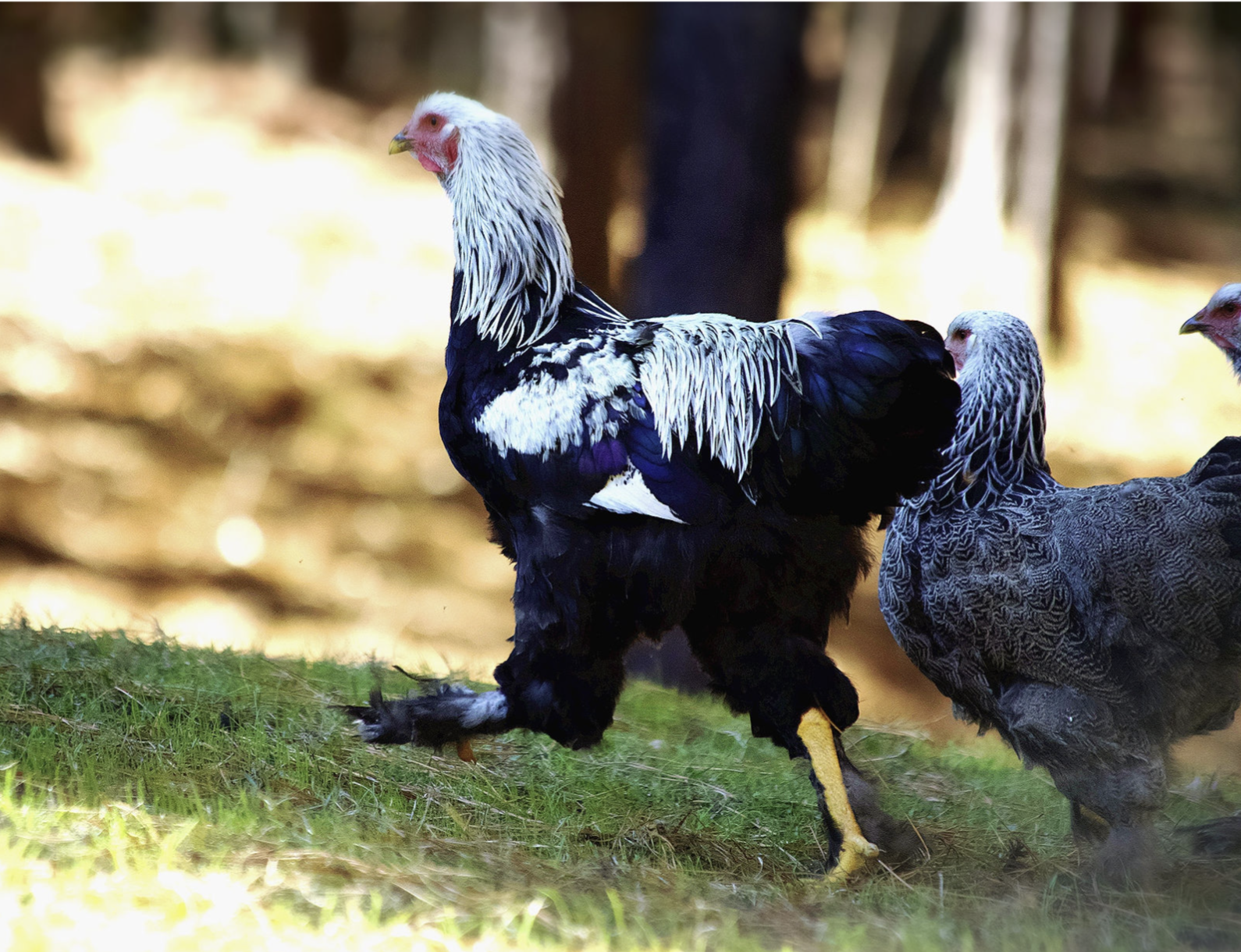
Cockerels vs Pullets
A cockerel is a young male rooster, while a pullet is a young female chicken.
If you purchase “straight run” chicks, you are gambling on the gender of your chicks. “Straight run” chicks are male and female chicks mixed together. While there are several debated theories on how to tell the difference, the only sure fire way to determine gender is by sexing done by a trained professional. The sexual organs are internal, so unless the chicks are sex-linked. Sex-linked chicks are the male and female chicks of a particular breed look different as chicks, but these chickens will not
Young roosters, called cockerels, do have some features you can look out for. Cockerel chicks will have thicker, bigger feet and legs. They also have what some describe as an “angry eye.” The chick may not actually be feeling any particular way, but it is true that baby roosters have a slant to their eyes, almost giving them an squinty, angry appearance! The only sure fire way to determine whether you have a pullet or a cockerel, will become evident when it starts to crow!
Roosters help feed their hens.
Did you know a good rooster will actually feed his hens before himself? Yes, a gentleman rooster will offer delectable treats to his wives. He will call them over with a rapid, high pitched cluck. He will pick up the morsel and keep dropping it in front of the hen to see.
Young roosters are often less chivalrous, and tend to be greedier than the seasoned roosters. This devotion seems to come with age and maturity. Just like people,all roosters can be different. If you have a good one, keep him around! If you have a bad one,best to remove the problem instead of try to reform them. Aggressive roosters are no joke and can be relentless. Defending yourself just emboldens the rooster, and they really do not seem to learn from reprimands with a broom. The best place for a problem rooster is in the oven!
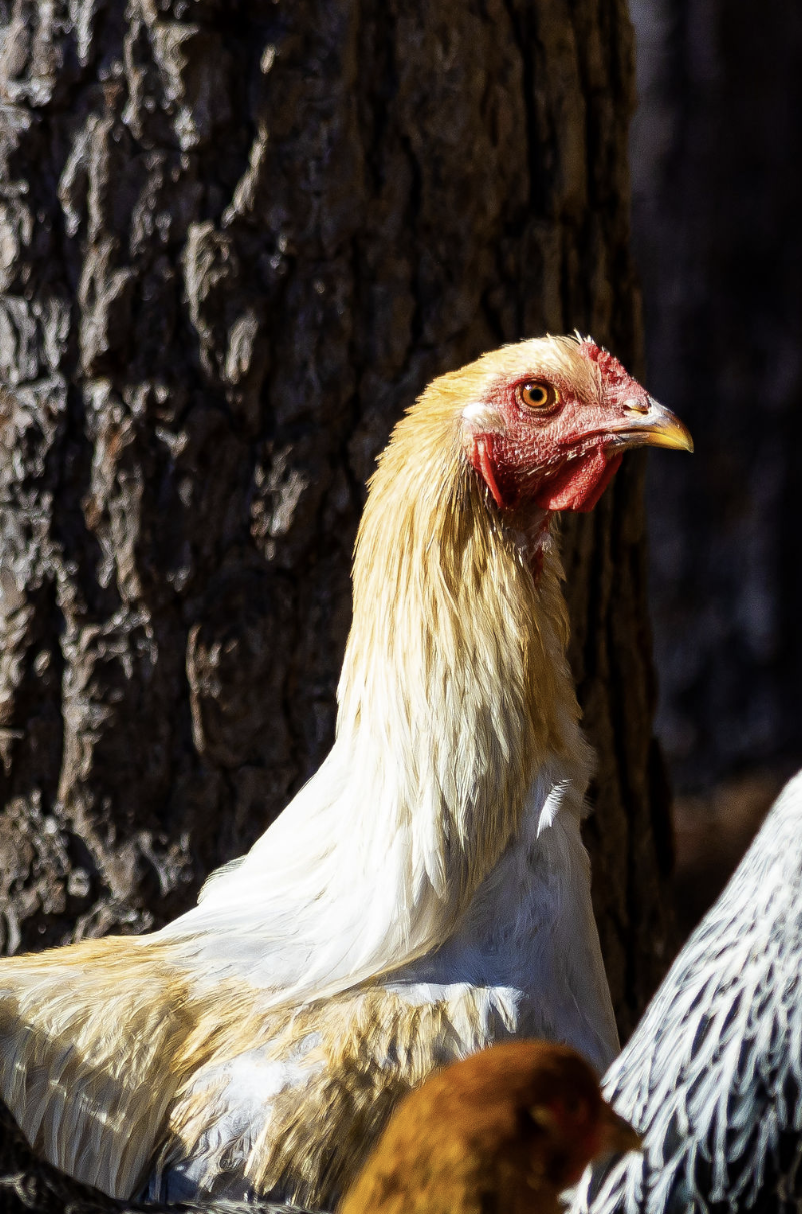
Crowing
The most iconic trait of the rooster is their crow. Roosters start crowing at around 3 months old, and sometimes this is the first indicator for new chicken owners that they even have a rooster. Roosters crow to stake claim to their territory and warn other roosters to stay away. The frequency and volume depends in the individual. It is true that each rooster has his own unique sounding crow. Roosters don’t just crow in the morning, they will crow all day, and sometimes even in the dead of the night! Its important to consider whether you (and your neighbors) would be okay with tolerating a particular level of noise, that will be happening throughout the entire day.
Roosters provide free flock surveillance.
The main reason to keep a rooster is to help protect your flock. If he is devoted, a rooster will spend all day keeping an eye on his ladies. Always checking the sky and also keeping tabs on the location of all his hens, a good rooster will definitely improve the survivability of the flock. While some roosters will go to battle to defend a hen, their main contribution is as an alarm system. It really is true that a rooster will be hyper vigilant throughout the day, while the hens tend to be a little less observant of their surroundings. His warning call, a quick and high pitched rapid almost shout, alerts the hens to danger. At his call, the hens will always fly for cover.
Roosters provide flock replenishment for free.
The best hen to rooster ratio is 1 rooster per about 10-12 hens. A single rooster is totally fine with more hens, but if you are wanting hatching eggs, its best to stay closer to the ratio to increase your chances of fertile eggs. Mating happens quickly, usually with the rooster first calling the hen, tempting her with a small piece of food. He will then put one wing down, extended to the ground, and do a little dance around her. If the hen accepts him, she will squat on the ground. After mating, the hen can keep sperm within her for several weeks, thus not needing to mate everyday to lay daily fertile eggs.
As far as paternal instincts, roosters don’t have much. They will continue to protect and look over the flock, but it is the mother chickens that do the chick rearing.
Roosters are beautiful, fun characters to have on your farm. Their quintessential crow, and watching them strut proudly around the yard, reminds us of a simpler time and place. If local ordinances allow, try adding a rooster to your flock. Roosters are usually less expensive than hens of the same breed, and you can even sometimes find people giving them away! (just be sure to get a nice one!)






